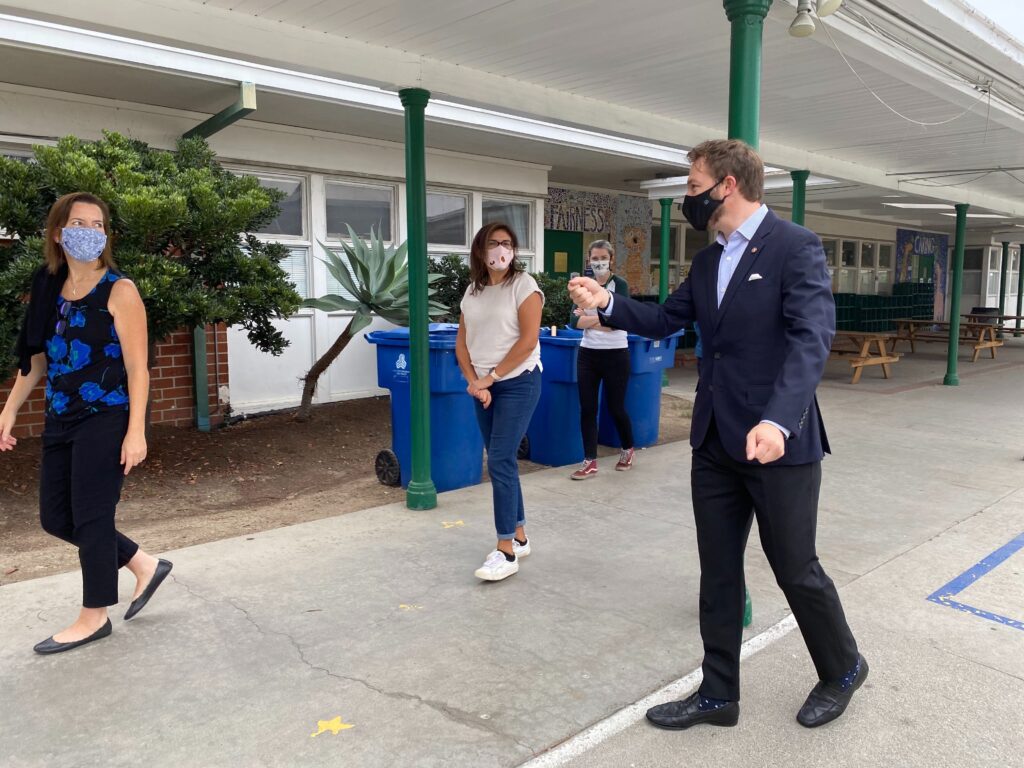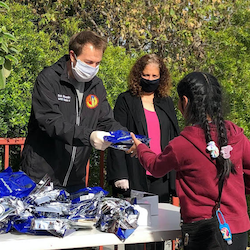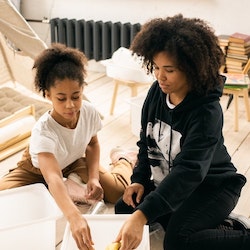It hasn’t all been negative, but the time has come to reopen schools and look forward..
I don’t have a pod. I don’t see friends. I don’t see family. And I don’t want to see my kids during the school day anymore. I want schools open. Now.
It’s not just that I’d like a 30-minute stretch without someone barging in (a guy can dream, right?). My kids need to be back in school for a lot of reasons. My decades teaching and running schools have taught me a few things about how children interact. Kids thrive when they work together. Kids learn from each other. And kids develop their egos and sense of self when they get feedback from their peers.
When kids work in groups, there’s an accountability that’s very different from working solo. They don’t want to disappoint their friends and are often quite effective at explaining concepts to each other. Children learn how their behavior impacts others by getting social feedback from classmates. And, of course, as kids enter adolescence, their identities are formed in relationship to their peers.
Zoom doesn’t provide the same type of social learning. As we approach one full year without in-person school, I worry about these missed opportunities. And yet, half of all schoolchildren in the country remain at home (and their parents are surely at their breaking points too).
Many communities have too much disease to safely open. In California, for example, community cases have to be low enough to allow schools to open. But even when meeting the metrics, many districts stay closed because teachers are demanding they be vaccinated before a return.
CDC Director Dr. Rochelle Walensky said that vaccinating teachers is not a prerequisite for in-person learning, so why is opening still optional? When the cases are low enough, the school bell should ring. And when that school bell rings, butts need to be in seats.
I recently spoke to Nick Melvoin, vice president of the Los Angeles Unified School District (LAUSD) board of education. “It’s really unfair to parents,” he said. “We were talking about hybrid learning in August and the vaccine wasn’t on anyone’s minds. And so now to say, ‘Oh, of course, we can’t open’ just seems like we’re moving the goalposts.”
As much as I’d like my kids back in school, there are some positives that have come out of this period. I’ve seen growth in areas like self-sufficiency and technology proficiency. These strengths can now be built upon going forward.
Melvoin pointed out that COVID has accelerated his district’s push to connect kids with technology. In LAUSD today, every kid has a computer and the district has given out over 100,000 hotspots. They are also looking at paying for broadband internet for families. That’s the kind of forward-thinking that has to take place across the country and probably shouldn’t be left to school districts.

Now that our kids are incredibly proficient in Zoom, Melvoin is looking forward to additional possibilities. “When we return to in-person, I think there will be some interesting use cases. For example, a small high school that doesn’t offer every AP, now it’s not just ‘tough luck’. You can take AP Japanese across town – we’re going to offer a Zoom option.”
I know, when this is all over the last thing we’re going to want is more Zoom. But it really does open new opportunities. I’d love for my kids to be able to choose courses from schools across the district or even across the state.
Our experience with online learning can be used in new ways. “For kids who are medically fragile or just sick and who miss a lot of school,” Melvoin told me. “Now you can say, ‘Hey, I’m missing school today, I’m just going to Zoom.’”
The technology can also be used to help struggling students. “We should start having conversations around remediation and learning loss and mastery grading,” Melvoin said. “It should usher in a new approach to schooling. Why should every kid be on the same pacing plan if some kids need more support? At the high school level, we can look at dual enrollment with community colleges or accommodating kids who have to work.”
This is the kind of thinking we need right now. We need to open schools and start planning the future. We need to transcend the fights of the past and get to work. We need to get kids on campus and start repairing the damage of the past year.
“We can make it work if we decide to make it work,” Melvoin stressed. It’s definitely possible, but it’s going to take all of us doing our part.


